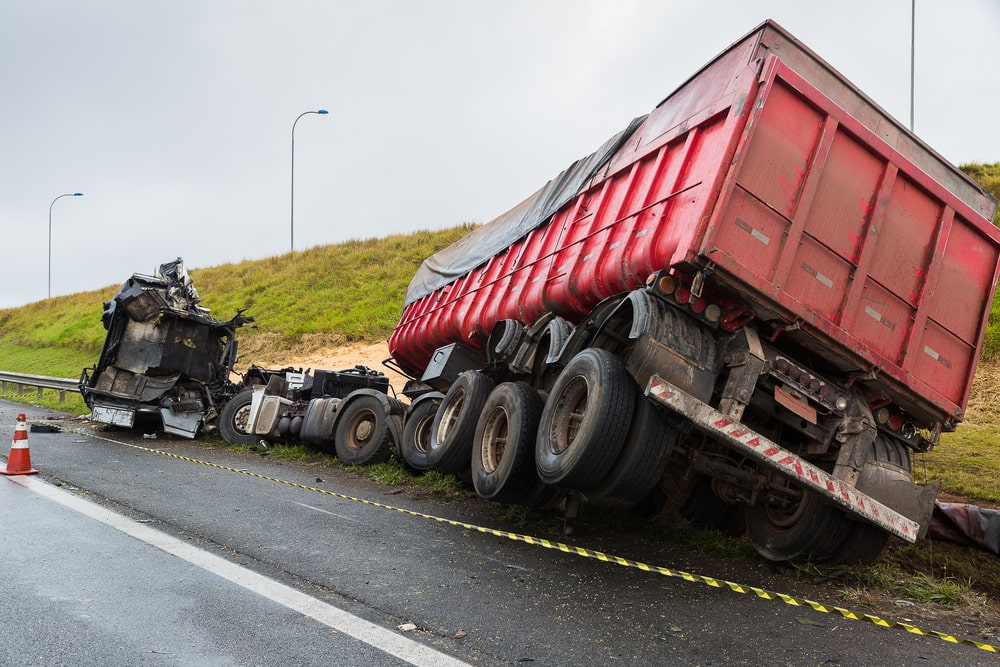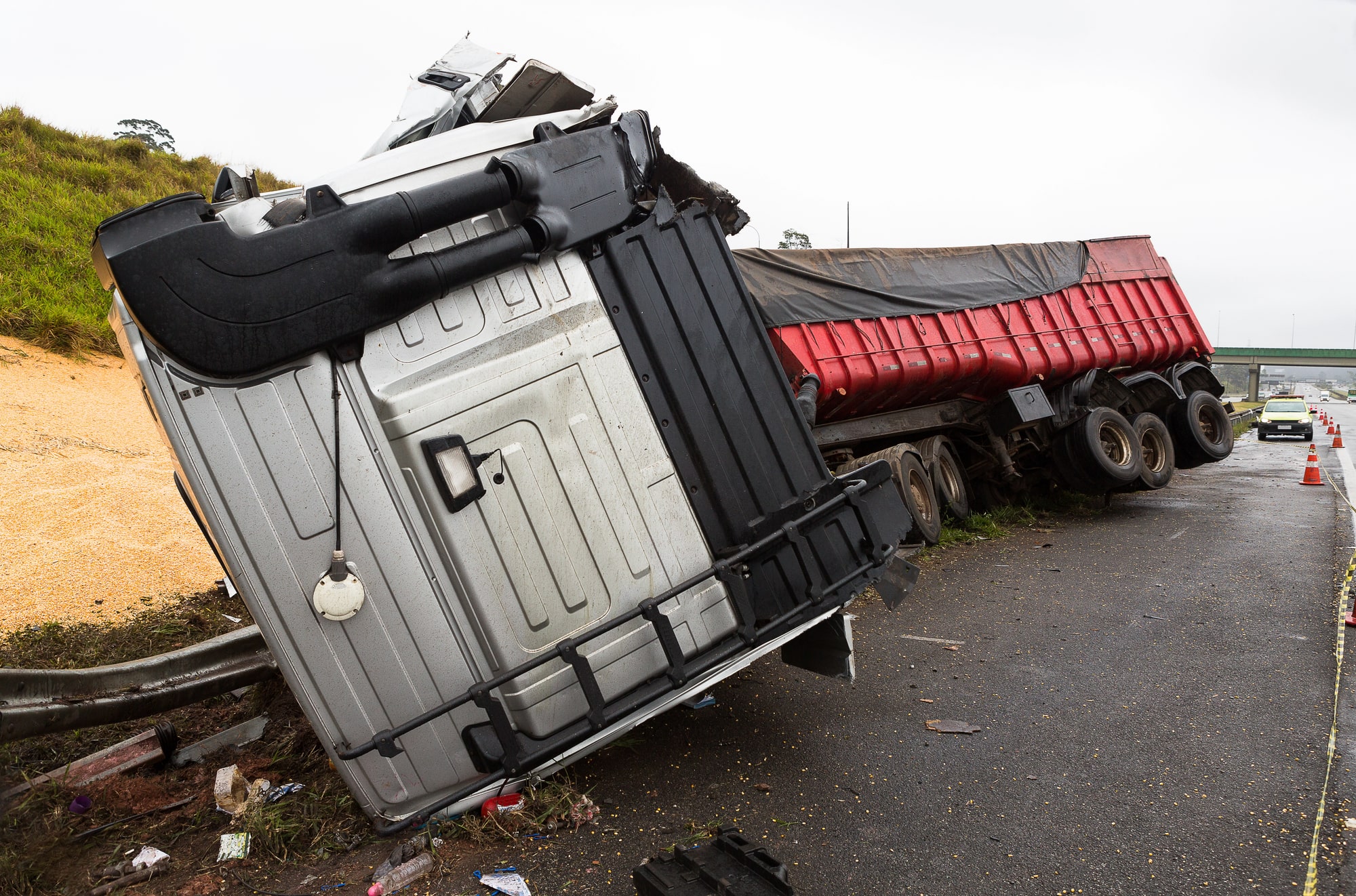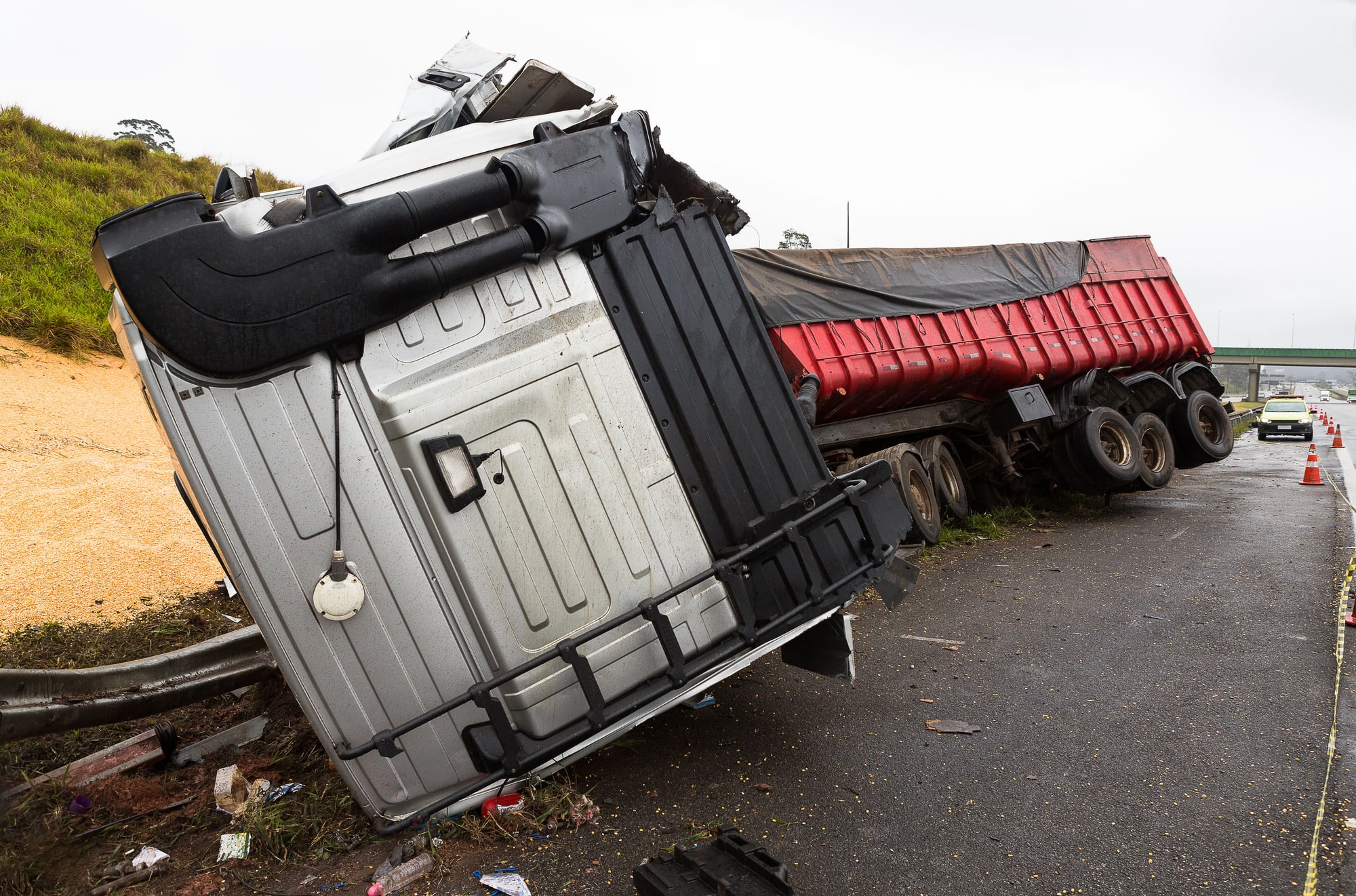Truck Accident Lawyer
Truck accidents can have devastating consequences. But what happens when the facts are unclear? For example, suppose a collision occurs near the centerline of a highway. The injured driver of a passenger car might believe that the trucker fell asleep and crossed into oncoming traffic. The trucker might contend that the passenger car driver crossed the centerline. How does a jury know which driver is telling the truth?
Truck accident lawyers need all the evidence they can find to prove that an accident victim’s injuries were caused by a negligent trucker. Gathering that evidence can be difficult when the accident was fatal, or when the victim suffered a head injury and has no clear memory of the collision.
Preserving evidence is therefore vital. If the accident victim is capable of doing so, that effort should begin in the aftermath of the collision, before important evidence is lost. If the accident victim dies or must be rushed to the hospital, the victim’s family can get the process started by contacting a truck accident lawyer immediately.
Preserving Evidence at the Scene of a Truck Accident
The victim, other occupants of the victim’s car, or witnesses may be able to preserve evidence of the accident scene by taking pictures. The more pictures, the better. Pictures taken from a variety of distances and angles maximize the opportunity to capture important evidence.
Pictures should be taken of the truck and of all other vehicles involved in the accident. Pictures that show collision-related damage to the vehicles is particularly important. If the vehicles are still in contact with each other, taking pictures before the vehicles are separated can help the injury victim prove how the accident occurred.
Pictures of road conditions are also important. Gouges in the pavement and crash debris in the road might pinpoint the location of the accident. Skid marks might prove a trucker’s speed and might establish a negligent failure to brake more quickly. The positions at which the vehicles came to rest can help an accident reconstruction engineer analyze where the collision took place.
Police officers who respond to the scene might take measurements and get statements from witnesses. Since witnesses may not wait for the police to arrive, getting their names and contact information will help an injury lawyer conduct a full investigation.
Preserving Evidence in the Aftermath of a Truck Accident
Individuals and trucking companies have certain obligations after a truck accident. Any evidence that might shed light on the accident must be preserved so that it can be inspected by the opposing party prior to trial.
From an accident victim’s perspective, the duty to preserve evidence usually extends to the victim’s vehicle and to the event data recorder, or “black box,” and any data that it recorded. A close inspection of crumpled metal, frame damage, dents, scratches, deployed airbags, broken lights and windshields, radiator damage, missing bumpers, and other crash damage can shed light on the cause of the collision and the speed at which the truck was traveling.
The “black box” records a variety of data. When the recorder senses a crash, it preserves the recording of data regarding vehicle speed, brake application, clutch application, and other significant events that occurred during the two minutes before the crash. However, if the airbags do not deploy, the recorder might erase that data within a few days or weeks after the accident.
A legal doctrine known as spoliation of evidence may allow a jury to infer that a vehicle owner has something to hide if the owner fails to preserve evidence of the accident. For that reason, truck accident victims should not drive or scrap their vehicles, and should not remove the event data recorder, until they get legal advice from a truck accident attorney. The failure to preserve evidence can jeopardize an accident victim’s opportunity to receive full compensation.





